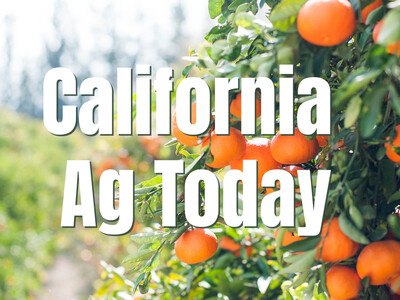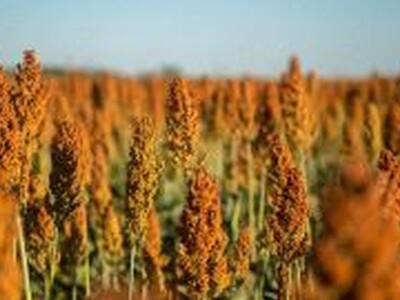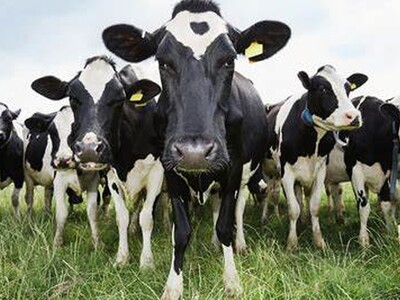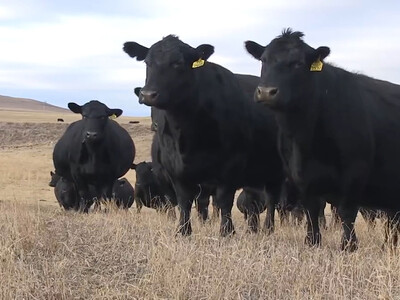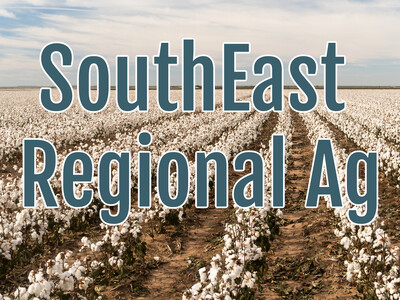Crop Insurance Improvements
Crop Insurance ImprovementsFarmers and ranchers understand - when you are in the agriculture business - sometimes things happen that you can't control. The weather is certainly one of those things, and the best you can really do is prepare for the worst.
That's where crop insurance comes in, to protect against either the loss of crops due to natural disasters - like extreme weather.
Ag economist Keith Coble explains how crop insurance has improved in its ability to mitigate losses related to extreme weather over the last four decades.
"The trend line through the loss ratio for RMI from 1980 through twenty eighteen in the 1980s through 1995. The average loss ratio was much higher than it has been in more recent years.
We have increased the risk pool. In other words, that early that period where the loss ratio was very high, we had participation in the crop insurance program about 25 30 percent of planted acres. More recent years, we've been running with an 85 to 90 percent of acres insured. Fundamentally changed the characteristics of the pool of farmers that are in this program and has resulted in better loss experience. We obviously have improved the quality of our production systems. I have watched the way that we grow soybeans today versus the way that we grew them in 1997 is fundamentally different. And I also know that the rating, the database, the sophistication of the techniques being used to rate this program has gotten far, far better over time."
More information about crop insurance can be found at usda.gov





